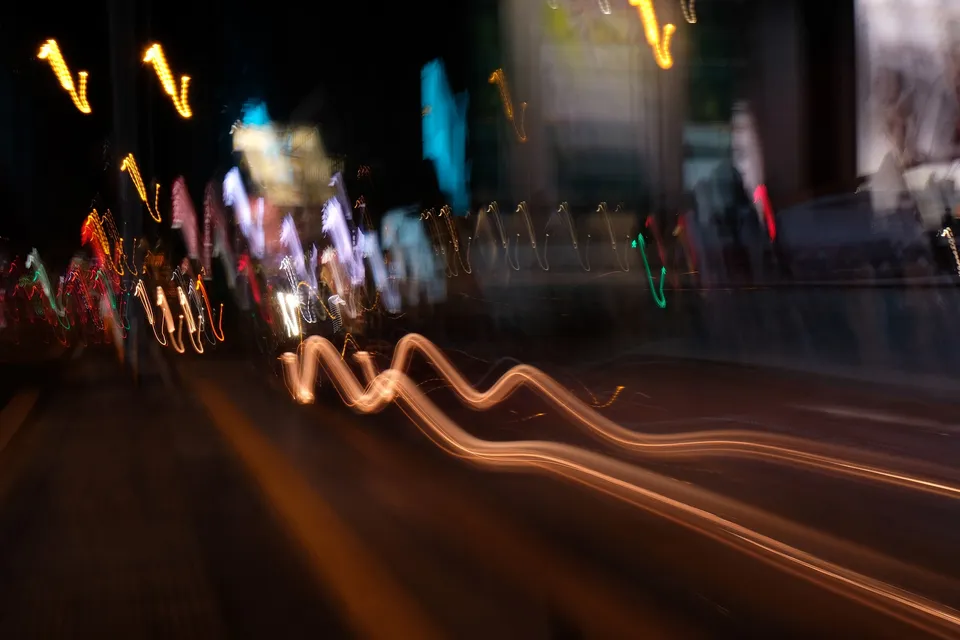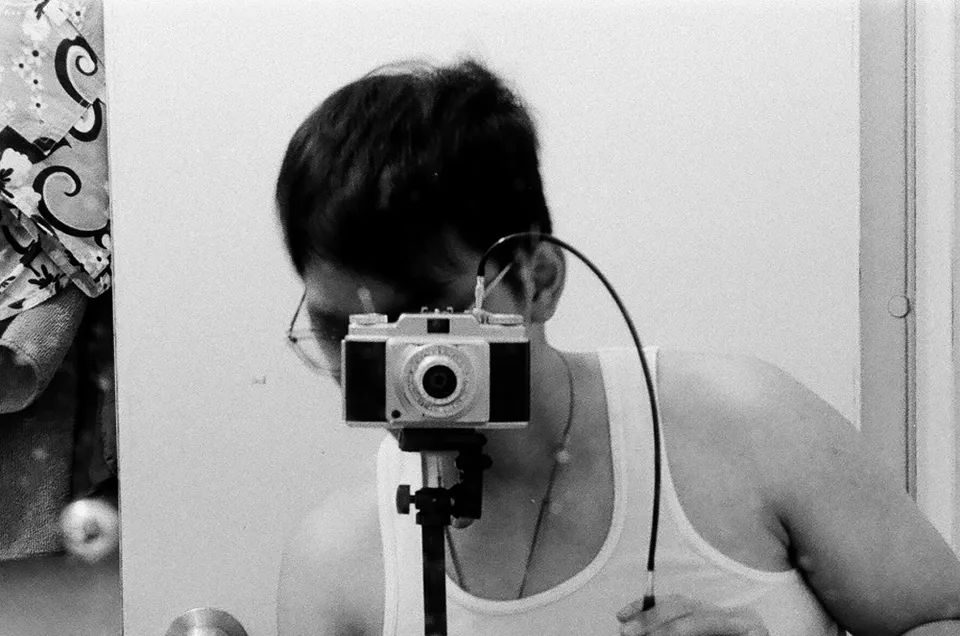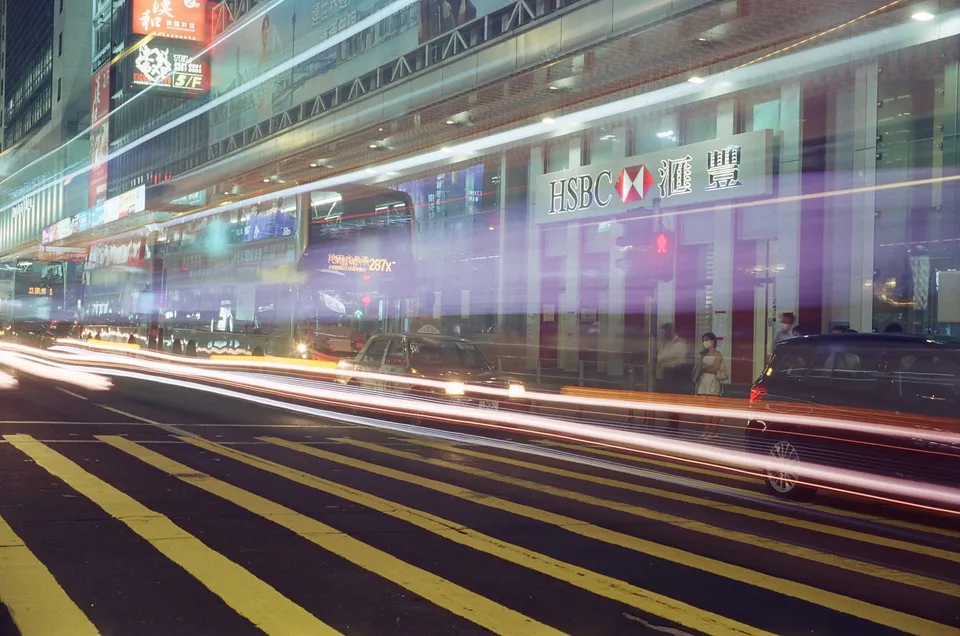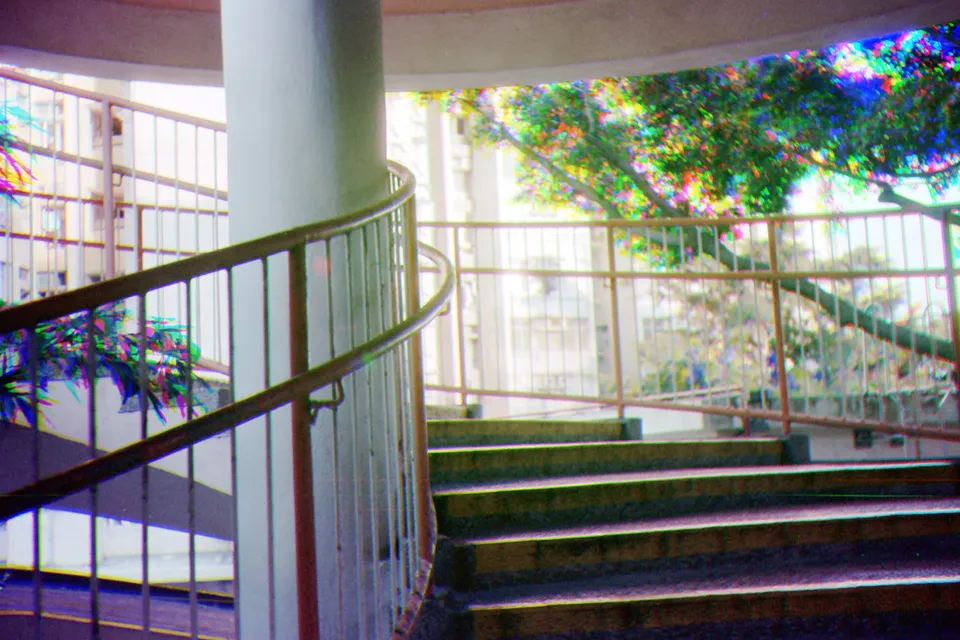Cable Release
Photography is to expose photo-sensitive material (or sensor) to light for a duration, leaving an impression on the material (or digital memory) such that the image is retained for post-processing and printing.
With fixed ISO (light sensitivity) and a fixed aperture, the amount of light that the material is exposed to becomse a function of time. If one exposes an ISO 100 film with an aperture of f/3.5 in low light situation for 1/100 second, the outcome will be underexposed. Increasing that amount of time to 1/2 second, accumulatively more light is hitting the film, and leaving a less underexposed frame.
However, the caveat to increasing the time of exposure is that even slight movement to the camera as result will result in blurry image.

The safe handheld shutter speed is simple rule of thumb to avoid blurry image in the function of focal length. Say in 45mm focal length the safe shutter speed is roughly 1/45s. Any slower shutter speed will likely result in blurry image.
When there is no choice but to use a slow shutter speed, tripod can be used to ensure that the camera itself doesn't move during exposure. On a camera that has built-in timer, user can trigger the timer and move away to wait for shutter to fire. This option is unavailable in bulb mode, leaving using cable release as the only method for long exposure.

A cable release has 2 modes: normal and bulb.
In normal mode the shutter release will automatically restore original position if user releases it. Holding the shutter release down in normal mode can let user keep pressing on the shutter without directly touching the camera so that the movement of letting the shutter go is likely to cause the camera to move versus without the cable.
In bulb mode, the cable is locked to a position as far as user has pressed the cable in. A circular plate will pop up, and the cable will remain locked until user press that plate back down to its original position.
Personally, I have always used bulb mode on camera with normal mode in cable release because I can then control the exact timing of exposure with my thumb alone.

When well-executed, interesting and impressive lighting effect can be achieved while stationary object remain in place, clear and sharp. Think overlapping infinitely many moments within the exposure window where moving bright objects will leave a light trail on the frame.
Sometimes when the subjects that are supposed to be stationary move ever so slightly, the whole frame may appear blurry and chaotic. So not only do we need to ensure the camera remains stationary, the static subjects also need to stay in place.

In the photo above the stairs and handrails remain in-place while the leaves are moving with the wind, causing shifting red, green and blue color.
Cable release is a very useful tool for photographer to trigger a shutter release while keeping the camera stationary. I'd be very happy to get a shutter release cable that comes with a bundled self-timer though.
